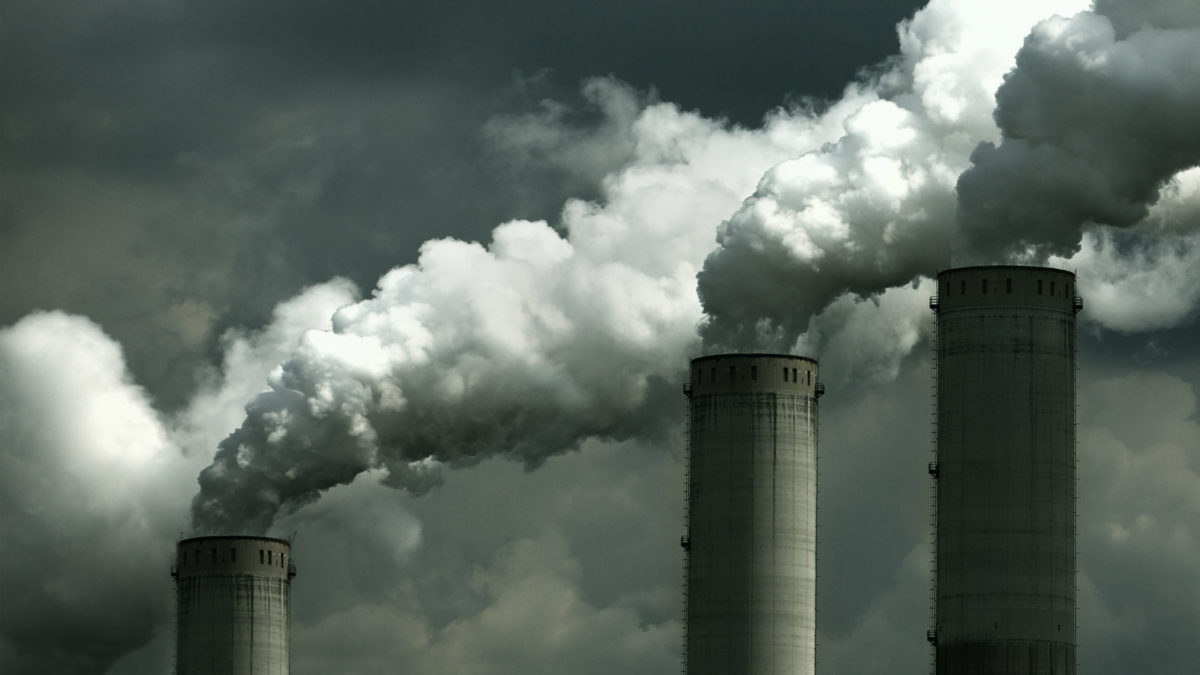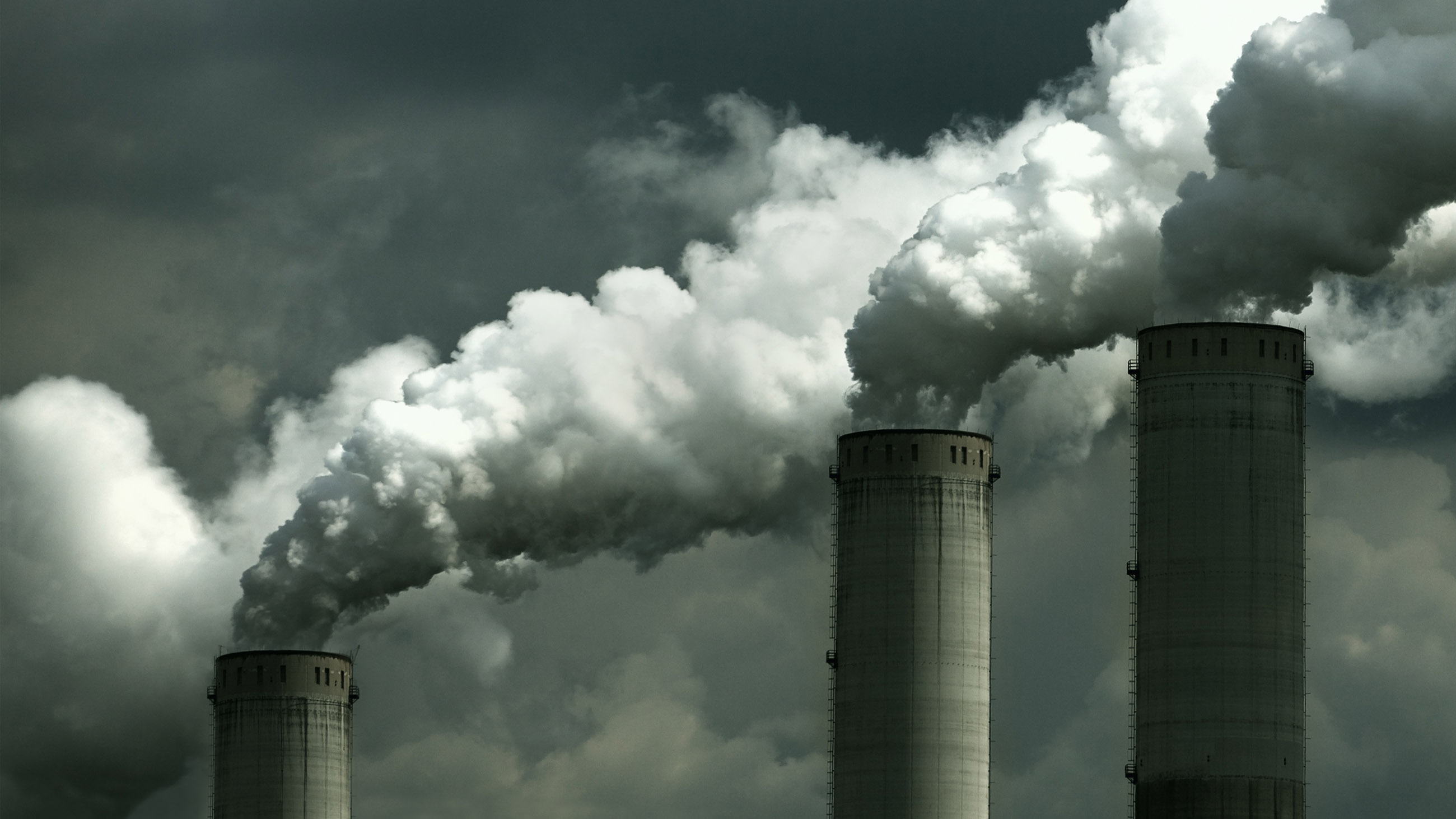Mobilizing Green Latinos
It has become axiomatic among presidential election strategists that the Latino vote in the United States is a crucial component for victory, and they’re predicted to come out in droves next Tuesday. If that proves to be true, those voters will almost certainly include an increasingly influential subgroup of environmentally engaged Latinos — a voting bloc that conservation and other nominally “green” organizations have worked hard to cultivate.

Even though they are disproportionately impacted by pollution, Latino communities were long absent from the environmental movement. That’s starting to change.
Visual: iStock.com
Using culturally-relevant messages that highlight the very real public health consequences of climate change, pollution, and other environmental concerns, Adrianna Quintero, director of partner engagement for the Natural Resources Defense Council (NRDC) and founder of Voces Verdes, a Latino-focused environmental advocacy group, says a whole contingent of Latinos have been successfully recruited by the environmental movement over the last decade.
“We’ve been able to come up with a message that is concise, personal and relatable,” Quintero says. “If we are able to get that messaging out and talk to community, then we have success.”
That wasn’t always the case, she adds. A decade ago, Quintero was among many activists who recognized that Latinos, like many other minorities, were largely absent from the environmental movement — despite the fact that they were disproportionately vulnerable to a variety of environmental health threats. As much as two-thirds of all U.S. Latinos, for example, were estimated to be breathing air that failed federal clean air standards, according to a 2004 NRDC report. “Latinos, who now comprise the majority in some of the nation’s most polluted urban and agricultural areas,” that analysis concluded, “are particularly threatened by air pollution, agricultural pesticides, and other contaminants such as lead and mercury.”
What struck Quintero most about these sorts of findings was that while Latino communities were being studied, there were few Latino voices within the environmental movement itself, agitating for change.
“The report immediately pointed the finger right back at the environmental community for failing to do our job, failing to talk to the community,” says Quintero. “We weren’t talking to some of the most impacted people.”
Last June in Washington, D.C., a conference called the National Latino Climate Leadership Forum exemplified just how much that has changed. The event brought together many of the country’s top Latino environmental activists and organizations – from newer groups like GreenLatinos and Voces Verdes to veteran organizations like the Environmental Defense Fund, the World Wildlife Fund and the Union of Concerned Scientists – to discuss Latino engagement and to issue recommendations for improving messaging on climate change and environmental issues that resonate with Latino populations.
Emphasizing the impacts of pollution and climate change on families and future generations was one of these strategies, and it’s something that Karina Castillo, a Nicaraguan-American living in Miami, has taken to heart. In her work in Florida as Latino outreach organizer for the Moms Clean Air Force, a children’s health advocacy group, she tries to connect issues like air pollution and sea level rise to notions of family and legacy. It’s been very successful, she says.
“Family and legacy are two of the top concerns in the Latino community,” said Castillo. “A lot of them have sacrificed a lot to get to this country, so they do not want their children to struggle. Leaving behind a better legacy for the children is really the messaging that works for the Latino community.”
Of course, the environmental movement remains, in some important respects, a demographically homogenous affair. A 2014 analysis, for example, found that while people of color represent nearly 40 percent of the U.S. population as a whole, they make up only 12 to 15 percent of the staffs of major environmental organizations and foundations. It’s also unclear the extent to which environmental messages targeting Latinos will catalyze into real action on Election Day.
Still, Castillo says she and her fellow activists are urging Latino communities to take their environmental concerns to the voting booth.
“Vote,” Castillo says, “as if your children’s health depends on it.”










